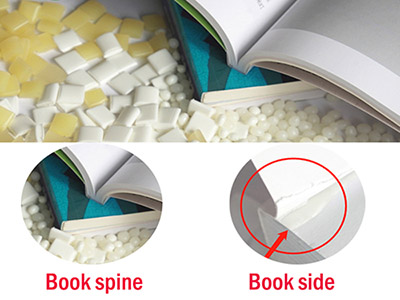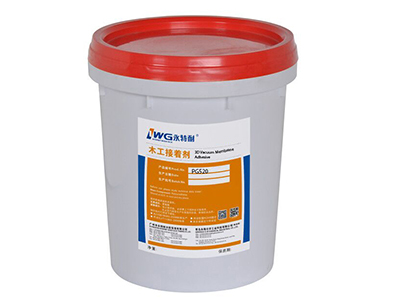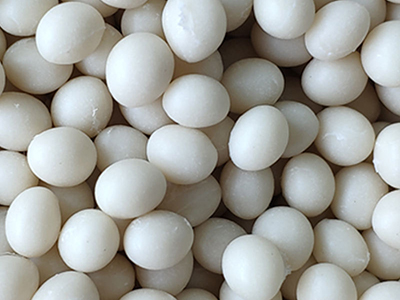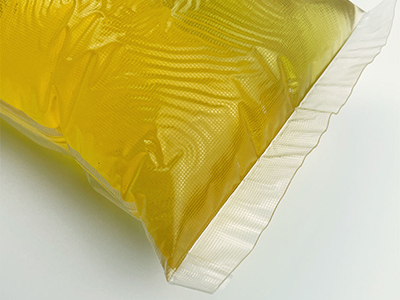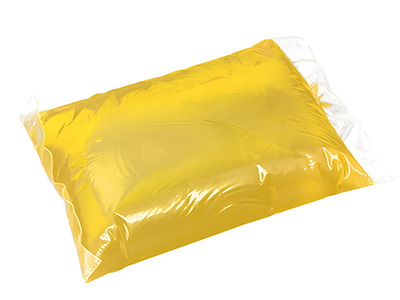Bookbinding is a critical aspect of the book-making process. One of the most important steps in bookbinding is choosing the right adhesive for the job. Two popular options for bookbinding adhesives are PUR glue and perfect binding. Although they may seem similar at first, there are significant differences between the two. In this article, we’ll explore the differences between PUR binding and perfect binding to help you choose the right adhesive for your bookbinding needs.
What is PUR Binding?
PUR binding stands for Polyurethane Reactive (PUR) binding. PUR adhesive is a type of reactive hot melt adhesive that is known for its excellent bonding strength and durability. PUR glue is applied as a liquid and dries quickly to form a strong and flexible bond that can withstand heat, moisture, and other environmental factors. It is commonly used in bookbinding because of its superior bonding properties and long-lasting durability.
In PUR binding, the adhesive is applied to the spine of the book block and allowed to dry before the cover is attached. This process creates a strong and flexible bond that holds the pages together, even under intense use. PUR binding is particularly useful for books that will be subjected to rough handling, such as textbooks, manuals, and reference books.
What is Perfect Binding?
Perfect binding is a binding technique that involves gluing the pages of a book block together and attaching them to a cover using an adhesive. The adhesive used in perfect binding is typically a thermoplastic adhesive, which is applied to the spine of the book block and then melted to form a bond between the pages and the cover.
Perfect binding is a popular choice for books that do not require high durability or strength, such as novels, magazines, and catalogs. It is a cost-effective and relatively easy binding method that produces a clean and professional finish.
What’s the Difference?
The main difference between PUR binding and perfect binding is the adhesive used. PUR adhesive is a reactive hot melt adhesive that forms a strong and flexible bond that can withstand heat, moisture, and other environmental factors. Perfect binding, on the other hand, uses a thermoplastic adhesive that is melted to form a bond between the pages and the cover.
Another key difference is the durability of the binding. PUR binding is known for its superior durability and strength, making it ideal for books that will be subjected to rough handling. Perfect binding, while still a strong binding method, is not as durable as PUR binding and is better suited for books that will not be subjected to intense use.
In terms of cost, PUR binding is typically more expensive than perfect binding due to the higher cost of the PUR adhesive. However, the increased durability and strength of PUR binding may make it a worthwhile investment for books that require long-term use.
Which Binding Method is Right for You?
Choosing the right binding method for your book depends on several factors, including the intended use of the book, the budget, and personal preferences. If you need a binding method that can withstand intense use and environmental factors, PUR binding may be the best option. However, if you’re looking for a cost-effective binding method for a book that will not be subjected to rough handling, perfect binding may be a better choice.
Conclusion
In conclusion, PUR binding and perfect binding are two popular bookbinding methods that differ in the type of adhesive used, the durability of the binding, and the cost. By understanding the differences between the two methods, you can make an informed decision about which binding method is right for your bookbinding needs. Whether you choose PUR binding or perfect binding, using the right adhesive is critical for producing a high-quality and


